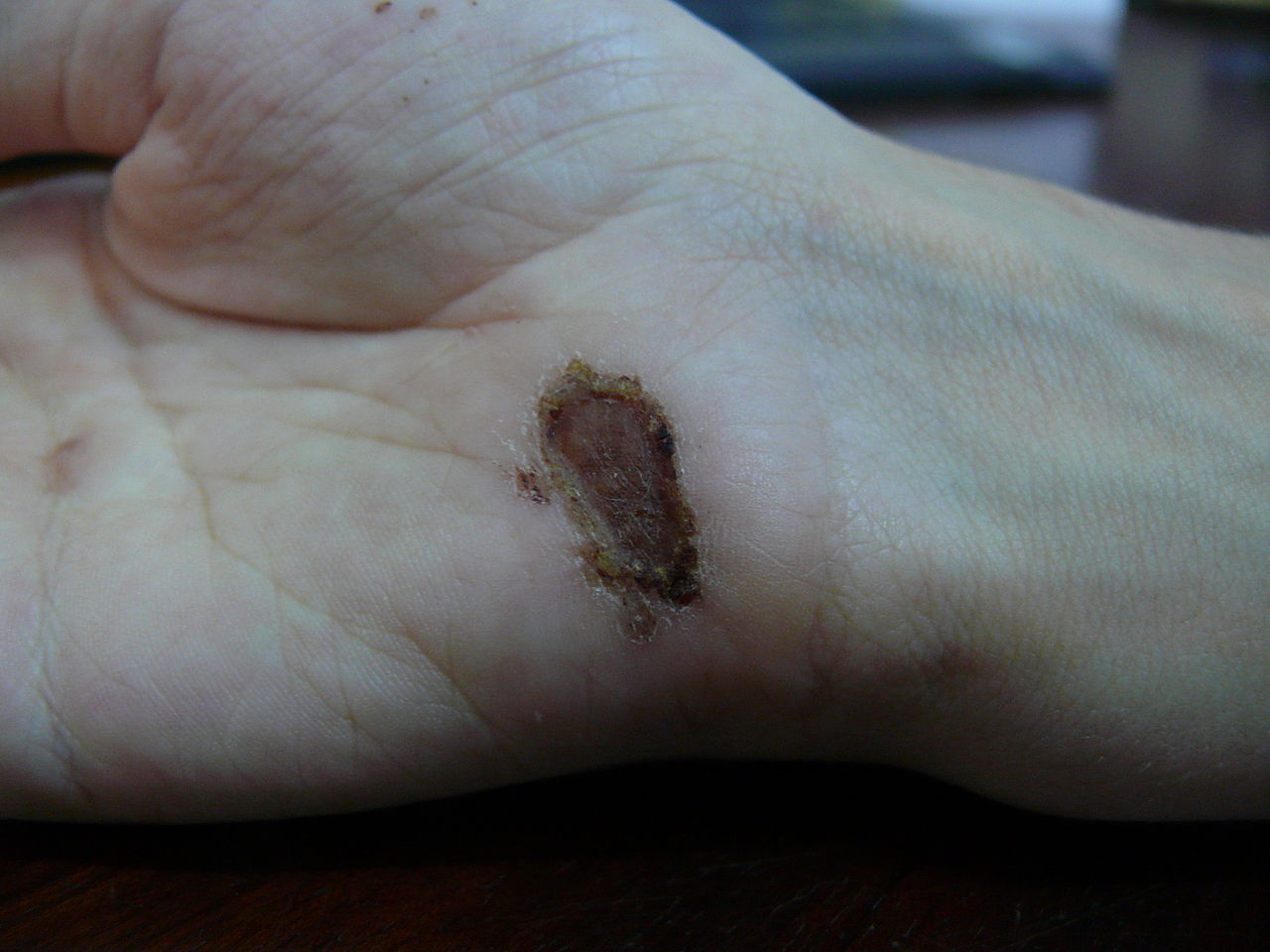Playlist
Show Playlist
Hide Playlist
Role of Basic Fibroblast Growth Factor (bFGF) and Vascular Endothelial Growth Factor (VEGF) in Wound Healing
-
Slides Acute and Chronic Inflammation Angiogenesis.pdf
-
Reference List Pathology.pdf
-
Download Lecture Overview
00:01 So, we've had Factor 1. 00:02 Remember that was interferon gamma. 00:04 Factor 2: 2 for interleukin-1 and TNF, Tumor Necrosis Factor. 00:08 Factor 3: Epidermal Growth Factor. 00:11 Realizing there a whole bunch of growth factors. 00:13 Factor 4A, is going to be our Basic Fibroblast Growth Factor. 00:18 And on the next slide, Factor 4B is going to be VEGF. 00:21 So we're going to have kind of two Factor 4s. 00:26 This and VEGF mediate all the activities for angiogenesis. 00:30 Everything you need, except that maturation step, it's synthesized by macrophages. 00:35 It's synthesized interestingly enough, by endothelial cells and smooth muscle cells as well. 00:40 So again, another example of a feed-forward autocrine loop. 00:45 It's very potent, endothelial cell and some muscle cell chemokine and mitogens. 00:50 So it drives not only the movement in migration, but also the proliferation that's what mitogen means. 00:56 And induces remodeling of the basement membrane and the extracellular matrix, that's how we got the original sprout. 01:02 And remember, it's sitting out there in the matrix all the time. 01:07 It is made by macrophages, and it's sitting in the matrix and we have to cleave it away from heparin in order for it to have an effect. 01:14 Okay, VEGF. 01:17 So this induces angiogenesis. 01:19 It also increases that vascular permeability. 01:22 In fact, in some of the literature, you may see it described as vascular permeability factor. 01:27 What's in a name, right? It's synthesized by activated macrophages by epithelial cells, and interestingly by tumor cells. 01:34 We'll come back to this when we talk about cancer, because tumor cells being very clever and diabolical, can actually help drive the production of new blood vessels to feed themselves through the elaboration of VEGF, and other angiogenic factors. 01:50 But for purposes of wound healing, it's the activated macrophage that we care about here. 01:55 So we've started to set the stage for the final scarring by having angiogenesis, granulation tissue which is not your grandma.
About the Lecture
The lecture Role of Basic Fibroblast Growth Factor (bFGF) and Vascular Endothelial Growth Factor (VEGF) in Wound Healing by Richard Mitchell, MD, PhD is from the course Acute and Chronic Inflammation.
Included Quiz Questions
Which of the following best characterizes vascular endothelial growth factor (VEGF)?
- It increases vascular permeability.
- It enhances the proliferation of osteoblasts.
- It binds to heparin in the extracellular matrix.
- It is synthesized by the endothelial cells and the smooth muscle cells.
- It works mainly on the outermost layer of the skin.
Customer reviews
5,0 of 5 stars
| 5 Stars |
|
5 |
| 4 Stars |
|
0 |
| 3 Stars |
|
0 |
| 2 Stars |
|
0 |
| 1 Star |
|
0 |




